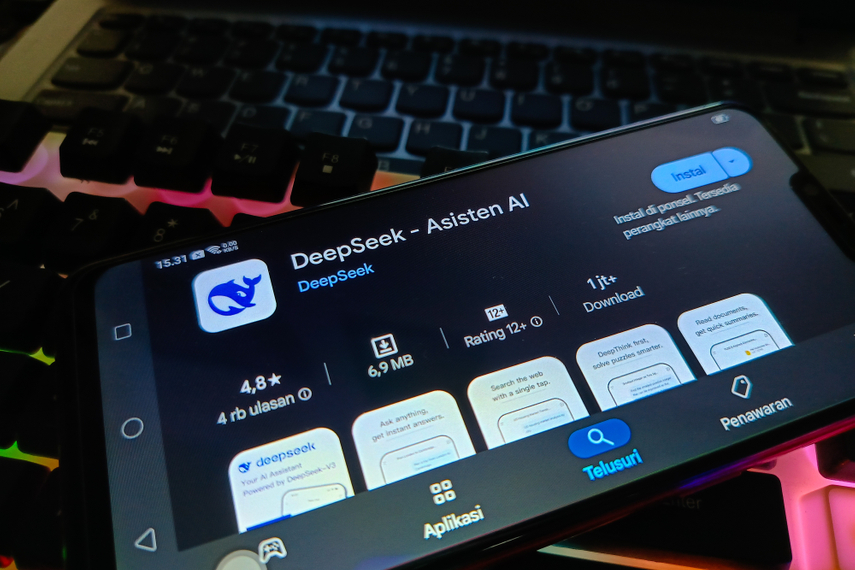
Please sign in or register
Existing users sign in here
Having trouble signing in?
Contact Customer Support at
[email protected]
or call+852 3175 1913
While DeepSeek's innovations won't directly impact marketers in the near-term, its ripple effects on AI development will greatly accelerate the permeation across the industry over time, writes Vincent Niou.

Contact Customer Support at
[email protected]
or call+852 3175 1913
Top news, insights and analysis every weekday
Sign up for Campaign Bulletins
With Australia’s federal election looming and political ad spend projected to increase by 21%, Digital out-of-home (DOOH) is bringing data, flexibility, and measurability to the table–without the algorithmic noise says Veridooh’s Jeremy Yang
Agencies need to address a fundamental shift in the nature of the PR industry, says Instinctif Partners’ Jim Donaldson
Agency group is “extremely confident” it will hit annual growth forecast, expected to be between 4% and 5% in 2025
Geekie’s pivotal role in evolving Jaywing’s service offering now brings the agency more than half of its revenue from The Studio, underpinning the importance of performance-driven solutions to marketers.